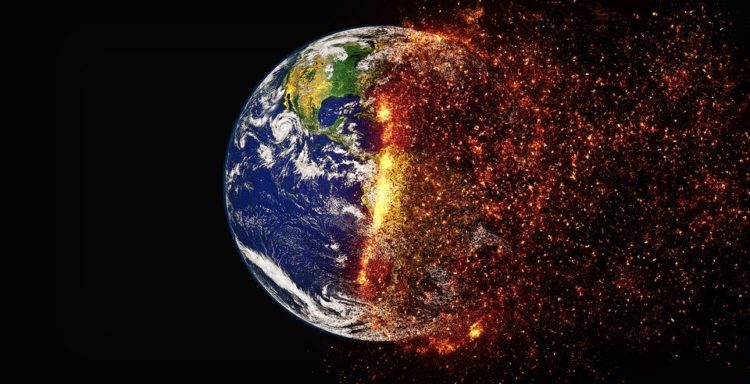Global warming and depletion of the ozone layer have been a concern over the past two decades and recently have become a very prominent global problem and a topic. While many opponents argue against the existence of the greenhouse effect, evidence of it can be seen all over nature.
Each year the United States spends more than 20 million dollars on fossil fuels.
The country emits a quarter of the world’s greenhouse gases; the most prominent of these is carbon dioxide, which is released from burning fossil fuels. Global warming has been a global issue for many years now. Some countries and people claim to be only vaguely concerned about the causes because they are either unaware or unaware of the problem. Roger Revelle, an eranographer, helped to call matters out to the public. After not receiving much feedback on the causes, he criticized a different government in jocular ways. He called warming “a great geophysical experiment.” He said, “The experiment is to load the atmosphere with as much carbon dioxide as possible, add some other harmful gases, and see what happens.” Recently, several countries have passed laws to prevent the destiny of the world from overheating. Even with the adoption of new rules and regulations, the earth continues to warm every year. The minimal effort made to reduce the release of greenhouse gases, in particular carbon dioxide from burning fossil fuels, increases the rate and intensity of global warming.
The most prominent effect of global warming has been in climate change over the past few years.
Many people do not realize that global warming causes and changes all kinds of weather. Heating the earth causes the magnitude and strength of the weather conditions to increase. As the oceans get warmer, the intensity of the storms amplifies strength and destruction. In addition, many cities and cost regions have recently experienced flooding, which is caused by melting polar ice. Perennial Arctic ice is decreasing in area by nine percent every year. In the last thirty years, more than ten national records were set for the highest temperatures in summer and winter. Drought and forest fires have occurred dramatically more frequently in the last century. All of these effects have been directly linked to the release of greenhouse gases.
Other areas affected by global warming are the animal kingdom and nature.
The number of animals per species has decreased every year due to harsh environmental changes. When the polar ice melts, all the creatures that live there are left without shelter. For example, since seal nests have melted, the number of seals has dropped. Events that occur in spring, such as mating, migrating, laying eggs, and returning from hibernation have taken place about 5.1 days earlier than they were fifty years ago. The early events of this event prove that the earth is getting warmer every year. More evidence of warming is evidence that many animals are traveling farther from the equator as they migrate. Although these changes have occurred with various creatures, butterflies and mosquitoes are being found that are farthest from their natural habitat. Although butterflies do not cause any known problems with the environment, they carry malaria. This deadly disease has spread dangerously to new areas around the world. If the world continues to warm up, this problem, along with many others, will continue to grow.
A third type of evidence for global warming can be found in plants.
The vegetation in an area is different together with the climate of the same area. In many parts of the world, flowers bloom 7 days in advance and trees reproduce 10 days earlier, both since 1900. Because the growing season varies from very wet to very dry, agricultural growth cannot adapt. In recent years, the region’s crops have been flooded and dry. Due to depletion of ozone, many plants cannot survive. Another problem is movement and an increase in allergens. The carbon in the atmosphere allows plants to go through photosynthesis more quickly, allowing allergens to grow in numbers. This evidence found all over nature makes it very clear that global warming is a big problem.
